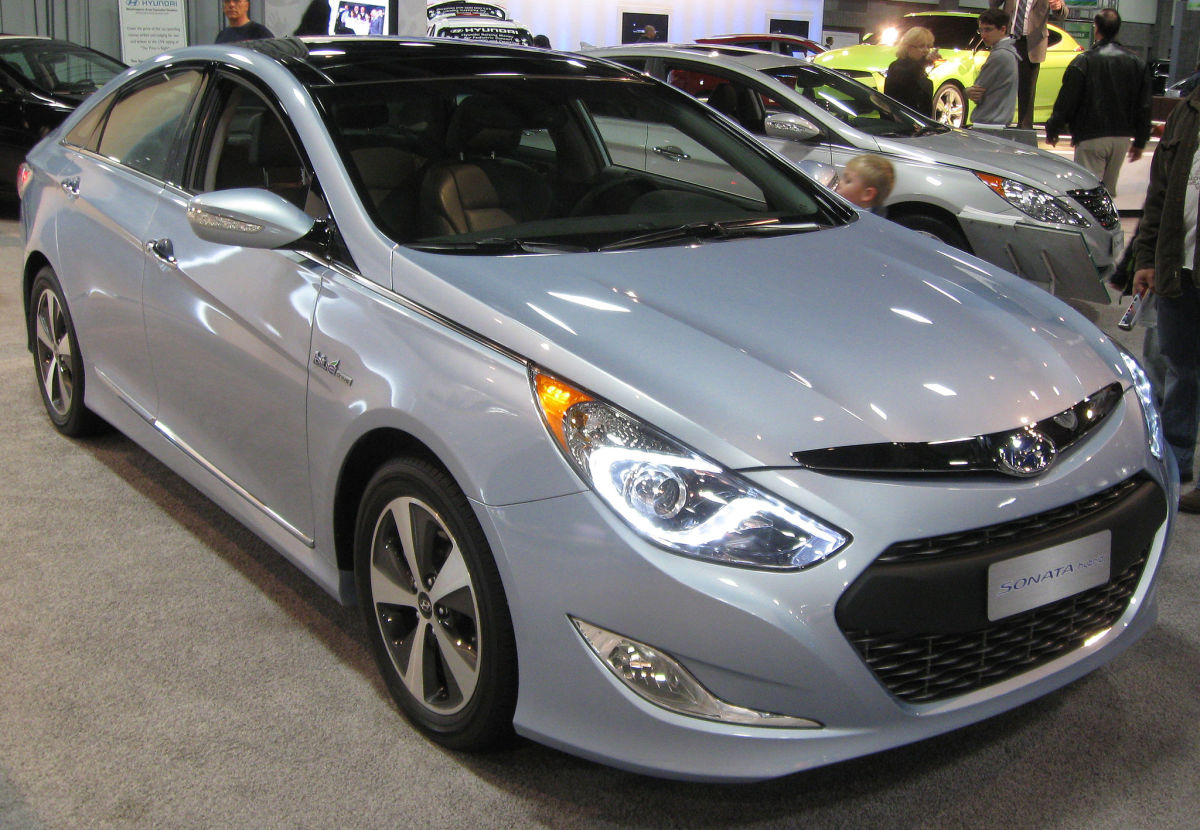What Is A Hybrid Car? ( A Review Of Some Cool Hybrid Cars)

The idea of hybrid electric cars is no novelty, but it is only in recent years that they have inched their way into mainstream international automobiles market.
More than ten years after Toyota Prius (available in selective Asian markets) and almost two decades after the controversial mandate on zero emission norms by the California Air Resources Board (CARB), hybrid electric vehicles are making a splash in the global scenario. The recently unveiled zero emission sports car - Lifecar - at the Geneva Motor Show 2008, is just one of the series of hybrid vehicles that have come into the fore in the last few years.
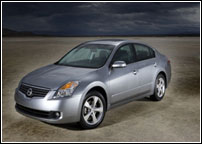
The concerns over rising pollution may have forced many policymakers around developed countries to look at alternate forms of propelling a car, and CARB is just one example. But it is the rising price of oil (on the last count, it had just set a new record of 106 dollars per barrel) that is making the General Motors, Fords, Toyotas, Hondas and Nissans look at hybrid vehicles more seriously. With developed markets like the US and Europe sliding - the former is expected to see a single digit decline in sale of cars this year - emerging markets like China, India, Brazil and Russia which are more prone to high oil prices, is where the action is shifting. And these companies are looking at hybrids (which offer twice the fuel efficiency as a conventional gasoline car) as a means to bring down cost of ownership and capture those markets. The good that a hybrid vehicle does to the environment is just an added attraction.
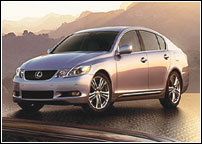
So What Hybrid Cars Really Are?
So what are these hybrid electric vehicles in the true sense of the term? Are these the same as the battery-operated vehicles which keep making their presence felt here and there off and on? Are these mere modifications of the gasoline and diesel-powered and internal combustion engine-propelled machines that look and feel very similar to the cars on the roads today?
In effect, the answer lies in the middle of the two. Broadly, there are two sects of such alternate fuel vehicles: one that is a mix of conventional engines and electric engines, and the other that uses hydrogen as a source of power. Between the two it is the former that is seeing the maximum action.
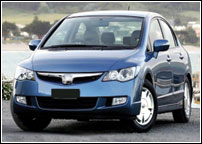
The industry's flirtation with alternate fuel is not a recent phenomenon. The legendary Henry Ford and Thomas Alva Edison wanted to build a car that could be run on electricity and produced cheaply. Their dream never materialised as Ford later conceptualised the gasoline Model T which ironically pushed electric cars into the oblivion while ICE vehicles - on the back of limitless supply of gasoline - zoomed ahead.
The tables seem to have just started to turn and what we have today with us in the Prius is a vehicle driven both by gasoline and electric. Prius which has been a roaring success in Japan and the US, uses a combustion engine, two electric motors, a hybrid synergy drive and a 38 module nickel metal hydride battery. The car is pretty complex to manufacture but its modus operandi is very simple.
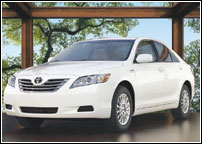
A key component of the electric vehicle is the use of regenerative braking technology. In layman's terms it is the use of motor generators that convert kinetic to electrical energy which is stored in the traction battery. Basically, the engine is used optimally and shut off when not in use during traffic lights or while it is immobile. During that period of time, the accessories like the air conditioning, etc., is being powered by the battery. Also, every time brakes are applied, the energy is used to re-charge the batteries. The availability of this alternate power source means the engine is comparatively smaller and lighter and hence capable of churning out better fuel efficiency without compromising on power.
The upcoming Chevrolet Volt which is still in its pre-production stages takes these developments one step forward. Volt relies largely on on-board batteries for its power requirements and has comparatively smaller combustion engine added as an after-thought to enhance the car's range. Unlike the Prius, the gasoline engine is not connected to the wheels and the car is said to be the first sincere attempt at finding an alternative to current mechanical propulsion system which uses petrol products as primary source of fuel. Volt uses a 16 kwh lithium ion battery complementing a one-litre engine. While the electric engine has a range of 40 miles (64 kms), with the use of the gasoline engine the range is increased to 640 miles on a full tank and a fully charged battery. The batteries can be charged from any normal 220 volt power socket and takes 6.5 hours for a complete charge.
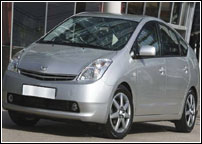
Although, as admitted by GM, the car is still a good two years away from commercial production GM plans to produce 10,000 cars initially compared to 15,000 Priuses in its inaugural year in 1997), but the competitors may soon catch up with it.
For so much development, there have been controversies galore in the hybrid electric vehicle space. Global heavyweights like GM and Ford have tried to drive home the rhetoric that hybrid electric vehicles even in times of rising fuel prices do not have a market. Largely due to this, GM called off its initial EV1 programme in 2003 recalling all the cars it had leased out and directing them to the crushers. The company came in for some serious criticism seconded by the facts that Prius continued to do well and even the EV1s had long waiting lists. It is only with the Volt that GM has regained some of its lost credibility.
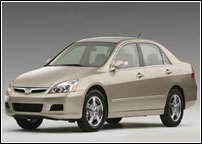
The success of the hybrid electric vehicles as exemplified by the Prius also puts to rest the uncertainties after the relative failure of another form of engines - the hydrogen powered vehicles. While almost everybody agrees that hydrogen vehicles is where the future lies, the technology has been found wanting for today's needs. These cars, and the Lifecar is one such example, are popularly called the FCEVs (Fuel Cell Electric vehicles). They use a fuel cell to reform hydrogen using exotic and expensive materials full of pumps, blowers, hoses and a liquefied hydrogen tank. These vehicles are not only larger but also expensive to repair in case of damage.
The major in production hybrid cars include Toyota Prius, Toyota Camry hybrid, Lexus GS450h, Honda Insight, Honda Civic Hybrid, Honda Accord Hybrid, Audi Duo, Ford Escape Hybrid and Nissan Altima.




